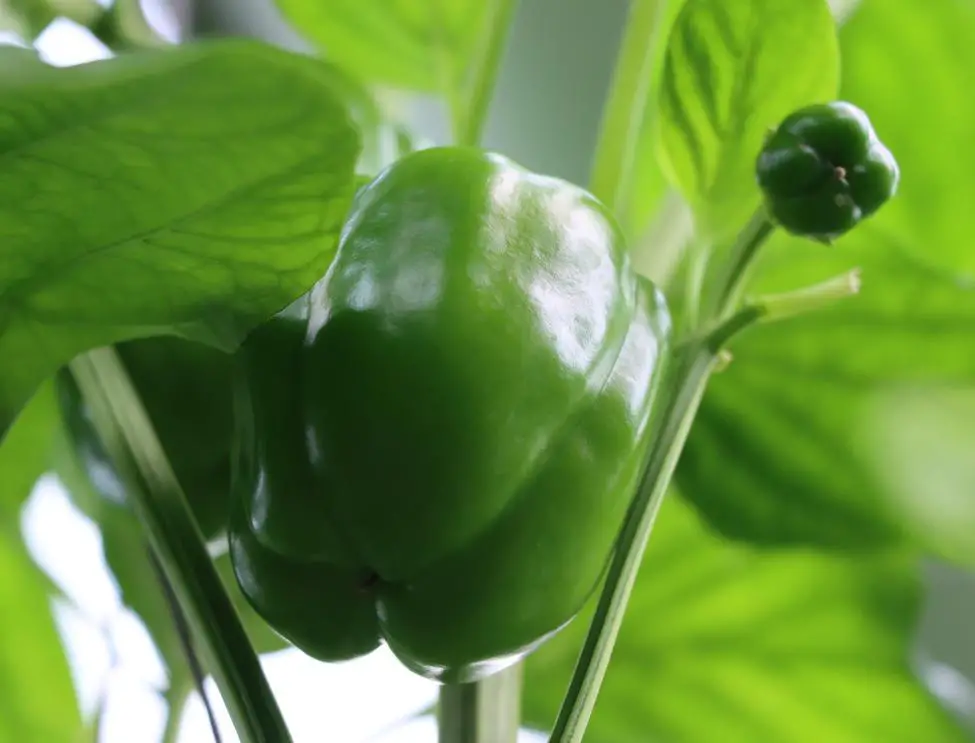All Bell peppers, also known as Capsicums, come from the same species, Capsicum annuum, and there are many different varieties of them. These plants have been used for a variety of medicinal purposes.
Peppers and chillies are staples of many diets throughout the world. They are generally green when young and then develop their bright red, yellow or orange colours when they ripen.
They are an excellent source of vitamin C, stimulate circulation and boost the metabolism.
Steps to regrow peppers
Find a good spot for the peppers
Bell pepper plants benefit from a moist and warm environment. Place the pot in a warm climate with bright, indirect light when growing the seeds.
Peppers can be grown all year round in tropical and frost-free subtropical gardens. In temperate and cool climates, they should be planted in spring and summer only.
These plants tolerate hot conditions, as long as they are well watered and the soil has good drainage.
Prepare the peppers for regrowing
To prepare the pepper for regrowing, it is best if the fruit is fully ripe and almost wrinkled.
Remove the seeds from the fruit and spread them on a paper towel to dry.
Plant the peppers
Fill the pot with potting soil. Plant groups of two seeds at least 8cm apart in the flowerpot. Cover the seeds gently with soil.
Water the soil so that it is just a little damp. The water will help the outer layer of the seed swell, which is a signal to the plant that is time to grow.
Cover the pot with plastic wrap to keep the environment moist.
Allow the plant to grow at least three or four sets of leaves before you transplant them out into the garden.
Peppers are sensitive to over-fertilising, particularly when young, so avoid using too much nitrogen, such as blood and bone or pelletised chicken manure.
Harvesting and use
There is a tool called the Scoville Scale that is used to indicate the hotness or pungency of a pepper. It measures the concentration of the spicy chemical compound capsaicin, which is found mostly in the internal membranes of the fruit but also in the white pith surrounding the seeds in chillies. When handling hot peppers, wear gloves and avoid touching your eyes.
Peppers can take up to five months to produce a crop in cool and temperate climates. In tropical and subtropical areas, however, plants crop about 10-12 weeks from transplant. Green peppers are mature but continue to ripen to red, yellow or orange colours. For a full, sweet flavour, pick them when they are bursting with colour. Most chillies also start out green and get hotter as they change colour. They can be harvested at any time. Regular picking encourages more fruit.
Once harvested, they can be dried and used all year round.
Enjoy your regrown peppers with your loved ones. You can prepare lots of different dishes with them. Nothing beats the flavour of home-grown food.
